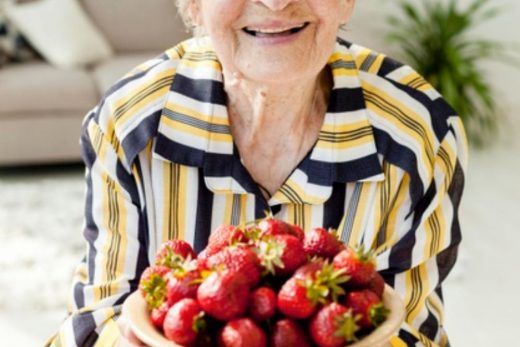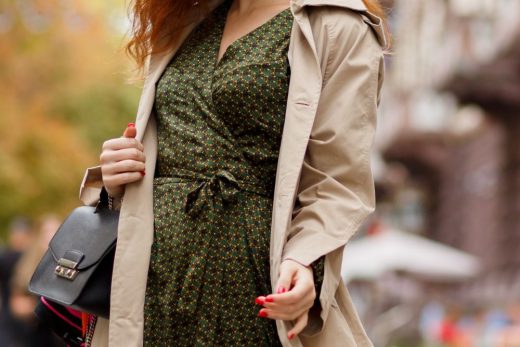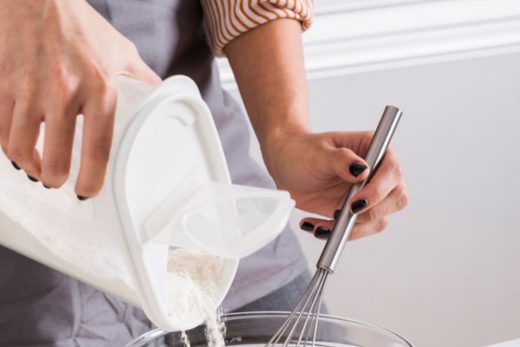Plus, there were mirrors, goldfish, candles, hyacinths, painted eggs, various candies, a copy of the Persian Book of Kings or the Koran or both. We kids knew we’d get haircuts and new clothes (it was auspicious to be in brand-new things at the moment of the equinox) and maybe some money. And for weeks we’d get to eat great Persian pastries that my mother would either attempt herself or buy from the Persian grocery stores in the heart of Tehrangeles—usually both. Sweet poppy seed–sprinkled rice cookies, clover-shaped chickpea-flour cardamom cookies, thin and crispy raisin cookies, little baklava morsels, marzipan berries with pistachio stems. Sweets were everywhere, and with them the scent of rosewater and saffron. Nowruz had the heaviest perfume, an irresistible and irresistibly abundant sort of aura.
But at home, our sad, musty beige and brown apartment would transform into a green and gold paradise. The haft-sin—the traditional table setting, consisting of seven items that all start with the Farsi s, or sin—was my mother’s pride and joy. All of it was there: sabzeh, or sprouts, symbolizing rebirth; samanu, or sweet wheat germ pudding, for power; senjed, or oleaster fruit, for wisdom; seer, or garlic, for wellness; seeb, or apples, symbolizing beauty; somaq, or sumac fruit, for patience; and serkeh, vinegar, representing longevity.





